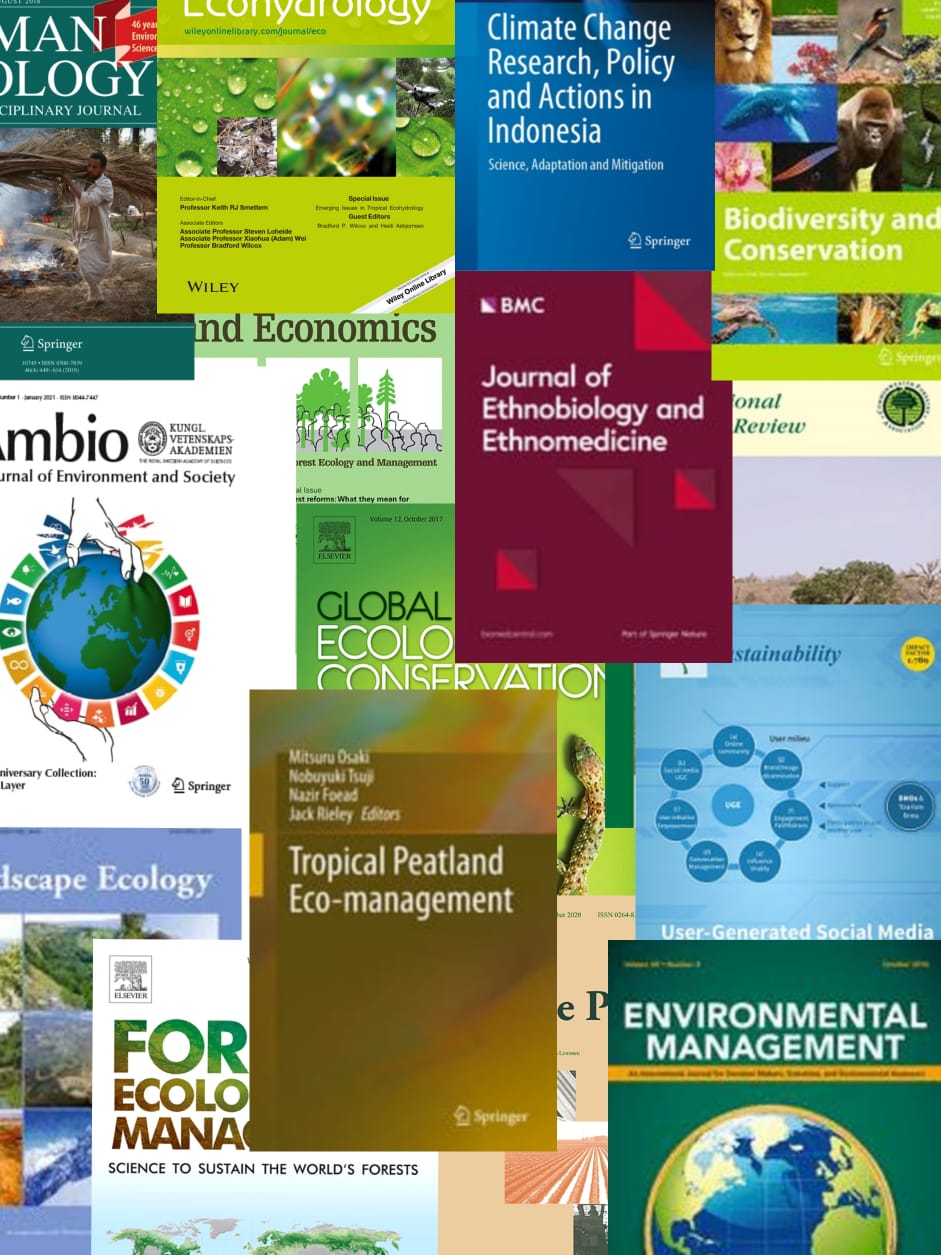Borneo contains a diverse rainforest butterfly community, but its forests are under threat from logging and ENSO- (El Niño Southern Oscillation) induced fires. Contrasts in butterfly assemblage structure were examined in nine 450 ha landscapes in logged forest, primary unburned continuous and isolated forest, and forest affected by surface fires during the 1997/98 ENSO event. Temporally the effect of the 1997/98 ENSO event was followed in a single burned landscape from 1997 to 2004. In total, 517 species were present in 190 sampling sites. There was a five-fold difference in species richness among landscapes, with highest richness in continuous landscapes and lowest richness in burned landscapes. Richness was also higher in logged forest than proximate unlogged forest. Temporally, species richness dropped dramatically from 1997 to 1998, but afterwards increased remaining, however, substantially lower than pre-ENSO (1997) sampling. Sites in burned landscapes were distinct from other sites in terms of vegetation structure with the slash-and-burn area the most dissimilar to other landscapes. There was much less structure among unburned landscapes. The pattern of butterfly community composition was similar to that of vegetation structure with the community from the slash-and-burn area the most distinct. However, there was much less overlap among sites from different landscapes. Temporally, 1998 possessed the most distinct assemblage when compared to assemblages from other years. The community composition was, however, slowly returning to a pre-disturbance composition. Variance in community composition explained by environmental and spatial factors differed substantially among landscapes. The spatial fraction was the only explanatory component in recently burned landscapes and a proximate small unburned isolate, but explained no variation in logged landscapes. The environmental fraction explained substantial amounts of variation in logged landscapes and the slash-and-burn area. When all landscapes were pooled high proportions of variation in butterfly community composition were explained by both geographic distance between sites and environmental variables. In contrast when only unburned landscapes were considered, most variation was explained by the geographic distance among them. Despite differences among landscapes there was a general pattern of relatively sharp decline in similarity at short distances that levels out over greater distances, a result that agrees with previous studies on other tropical species assemblages. © Springer 2006.
View source

